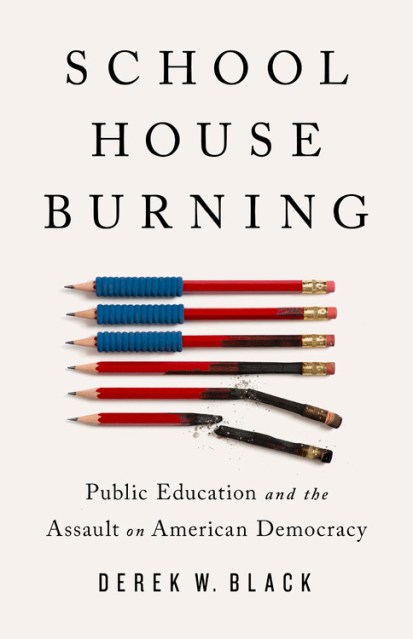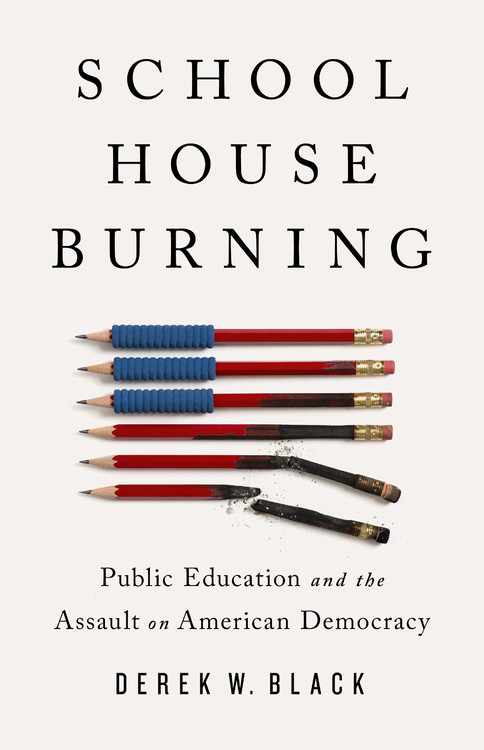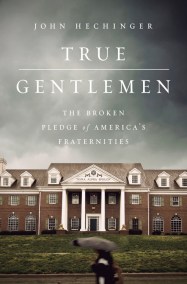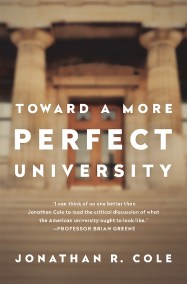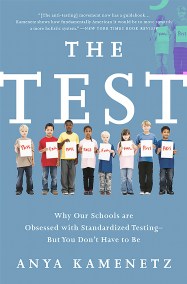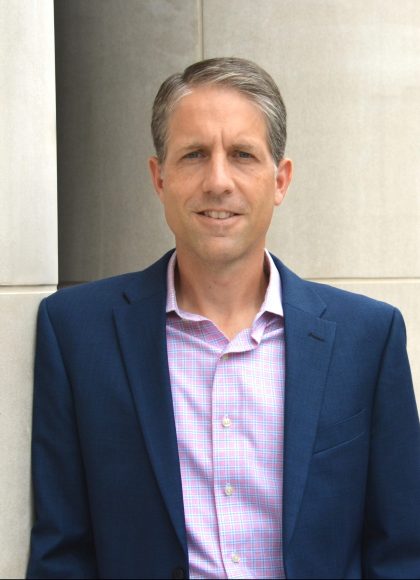Promotion
Use code BEST25 for 25% off storewide. Make sure to order by 11:59am, 12/12 for holiday delivery!
By clicking “Accept,” you agree to the use of cookies and similar technologies on your device as set forth in our Cookie Policy and our Privacy Policy. Please note that certain cookies are essential for this website to function properly and do not require user consent to be deployed.
Schoolhouse Burning
Public Education and the Assault on American Democracy
Contributors
Formats and Prices
- On Sale
- Sep 22, 2020
- Page Count
- 320 pages
- Publisher
- PublicAffairs
- ISBN-13
- 9781541788442
Price
$32.00Price
$42.00 CADFormat
Format:
- Hardcover $32.00 $42.00 CAD
- ebook $16.99 $21.99 CAD
This item is a preorder. Your payment method will be charged immediately, and the product is expected to ship on or around September 22, 2020. This date is subject to change due to shipping delays beyond our control.
Buy from Other Retailers:
Public education as we know it is in trouble. Derek W. Black, a legal scholar and tenacious advocate, shows how major democratic and constitutional developments are intimately linked to the expansion of public education throughout American history. Schoolhouse Burning is grounded in pathbreaking, original research into how the nation, in its infancy, built itself around public education and, following the Civil War, enshrined education as a constitutional right that forever changed the trajectory of our democracy. Public education, alongside the right to vote, was the cornerstone of the recovery of the war-torn nation.
Today’s current schooling trends — the declining commitment to properly fund public education and the well-financed political agenda to expand vouchers and charter schools — present a major assault on the democratic norms that public education represents and risk undermining one of the unique accomplishments of American society.
-
“Black’s book is packed with information and analysis, but remains exceptionally accessible, like getting a detailed explanation from a legal scholar who just happens to speak plain English. Beyond the well-researched history, Black also provides a convincing argument in favor of public education in this country, a defense of a foundational institution at a time it is once again under attack.”Forbes
-
“Derek W. Black analyzes the problem with public education in the United States today, and lays out a plan to fix it.”Bustle
-
"A well-informed and cautiously optimistic defense of public education's central role in the American experiment."Publishers Weekly
-
"A polemic against the ongoing dismantling of public education... Education reformers and public school advocates will find a powerful ally here."Kirkus
-
"I loved Schoolhouse Burning for its stirring defense of the central importance of public education to American democracy, and for Derek Black's groundbreaking research. He definitively shows that the founders of the nation enthusiastically promoted public schools, that public schools enjoyed overwhelming bipartisan support, and were established in every state as central to democracy. The current efforts to privatize them with vouchers began with segregationists in the 1950s and continue today with charter schools, reinvigorated vouchers, and deep cuts to public school funding. I highly recommend Schoolhouse Burning as an important counter to a destructive trend."Diane Ravitch, author of Slaying Goliath and Reign of Error
-
"Derek Black has written a magnificent book on the history of public education in the United States. Professor Black shows that the future of American society-its equality, its democracy-depends on improving its public schools. This beautifully written book offers a path forward to making a right to a quality education for all children a reality."Erwin Chemerinsky, dean and Jesse H. Choper Distinguished Professor of Law, University of California, Berkeley
-
"Derek Black is the rare education law scholar willing to put his vast skills and knowledge in the service of defending our nation's public schools. Schoolhouse Burning is a searing analysis of the current assault on public education by those intent on its destruction and, with it, the further erosion of our democratic institutions. It is also an urgent call to action to join with parents, advocates, teachers, and lawyers on the front lines of ensuring the right of every child to a high-quality education remains prominent, paramount and fully protected."David Sciarra, executive director of the Education Law Center
-
"Black argues that education does indeed play a foundational, constitutional role in American democracy and that it is the state's obligation--often the state's primary obligation--to provide it....[H]e takes us back to several crucial moments in American history when questions about the meaning of democratic governance became inescapably acute, and he reminds us of the central role that public education played in each of them."Derek Gottlieb, author of A Democratic Theory of Educational Accountability
Newsletter Signup
By clicking ‘Sign Up,’ I acknowledge that I have read and agree to Hachette Book Group’s Privacy Policy and Terms of Use
